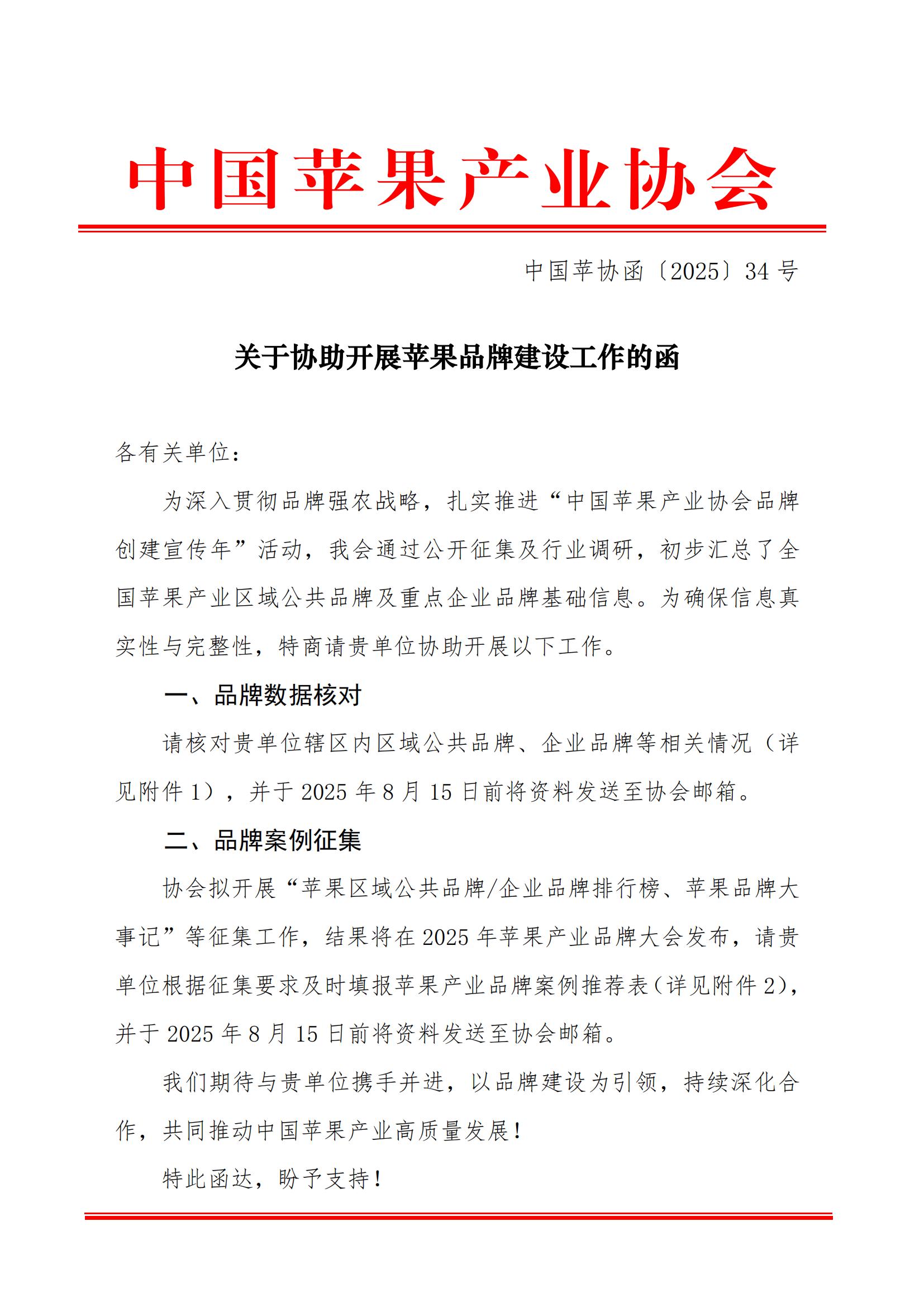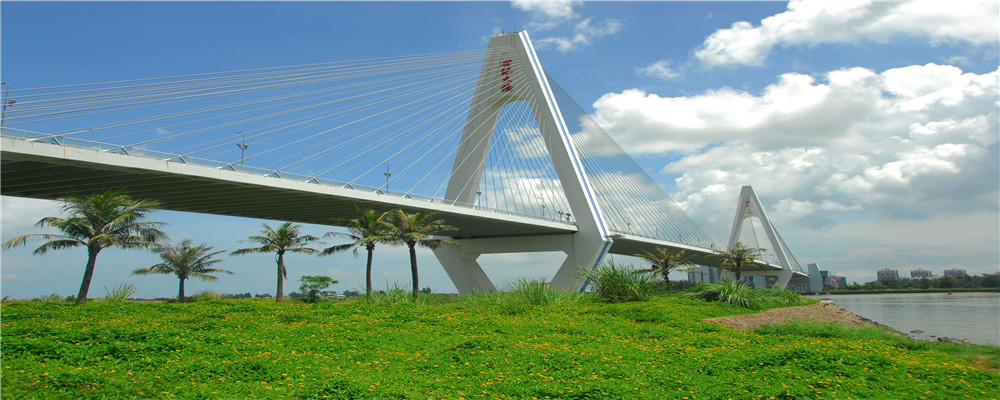How do fruit trees survive the winter in response to the cold wave?
发布日期:2021-01-08 点击次数:244
Recently, cold wave warnings have been issued in many places across the country. The cold wave weather poses a great threat to the safe overwintering of fruit trees, especially young fruit trees. In order to cope with the damage caused by low temperature weather to fruit trees and ensure the safe overwintering of fruit trees, it is recommended to take technical measures such as potting with frozen water, whitening branches and trunks, and soil cultivation at the base.
Irrigate: Combining the cultivation and fertilization of the orchard, the method of flooding the whole orchard or the tree tray is adopted to fill the orchard with the frozen water at one time, which can promote the growth and development of the fruit tree, and keep the ground temperature relatively stable during the cold winter, thereby reducing the freezing damage.
Whiten the branches: Use a whitening agent to evenly whiten the trunk and main branches in time to stabilize the temperature of the tree, prevent freezing and sunburn, and kill germs, eggs and adults in the trunk.
Clay the base. Cultivate the soil at the base of the main trunk of the fruit tree, especially the apple dwarfing root orchard with poor cold resistance, with a thickness of 20 to 30 cm, and remove it after thawing in the spring of the following year.
Surface coverage. Covering the rows of fruit trees with straw, wheat straw, withered grass, corn stalks, etc., can prevent cold wind from invading the rhizomes, reduce frost damage, and reduce soil moisture evaporation, which plays a role in protecting moisture and increasing temperature. When covering, you should cut straws and other coverings into small sections about 20 cm long, and cover them with a layer of soil to prevent wind blowing away. After the mulch rots, it can also become an organic fertilizer beneficial to the growth of fruit trees. For young trees grown within three years, a one-meter-square mulch can also be used to cover the tree trays before frost, which can increase soil temperature and maintain soil moisture.
Protect young tree :For saplings that are 1 to 3 years old, take measures such as entanglement of straw ropes or wrap the trunk and large side branches with straw to effectively prevent cold currents and reduce the source of overwintering insects.
Delay pruning. Pruning in winter has a low ability to keep out the cold of the cutting saw and is vulnerable to freezing damage. It is recommended to delay the pruning period to spring as much as possible; for the pruned orchard, apply a protective agent to the larger cutting saw.
Smoke to increase temperature. Fumigation uses chopped firewood, chopped weeds, sawdust, and husks as fuel, and is ignited at around midnight. Pay attention to control the fire, and use dark smoke. The fire point should be set at the upwind, generally no less than 4 per acre.





